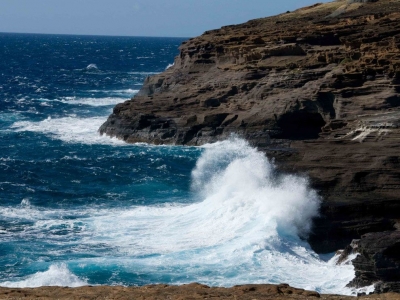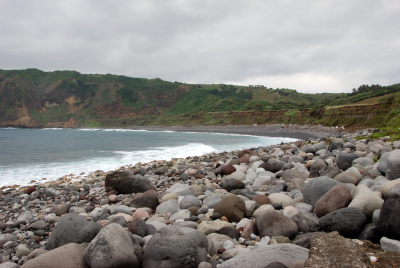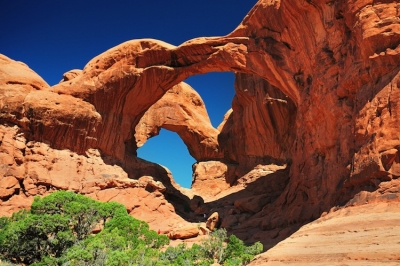
|
Land that runs along a sea or ocean is called a coast. The edge of the land where it meets the water is called the coastline. Coasts can be wide swathes of soft, sandy beaches, narrow, rocky stretches or sheer cliff faces. Coastlines are given shape by waves, currents and tides. They are ever changing and form an important and unique environment.
|
If you’ve ever been to the beach, you’ve been on a coast. The coast is the land along a sea. The boundary of a coast, where land meets water, is called the coastline.
Waves, tides, and currents help create coastlines. When waves crash onto shore, they wear away at, or erode, the land. But they also leave behind little parts of the sea, such as shells, sand dollars, seaweeds, and hermit crabs. Sometimes these objects end up as more permanent parts of the coastline.
Coastal changes can take hundreds of years. The way coasts are formed depends a lot on what kind of material is in the land and water. The harder the material in the land, the harder it is to erode. Coastlines of granite, a hard rock, stay pretty stable for centuries. Sugarloaf Mountain, on the coast of Rio de Janeiro, Brazil, is made mostly of granite and quartz. It has been a landmark for centuries.
Tides, the rise and fall of the ocean, affect where sediment and other objects are deposited on the coast. The water slowly rises up over the shore and then slowly falls back again, leaving material behind. In places with a large tidal range (the area between high tide and low tide,) waves deposit material such as shells and hermit crabs farther inland. Areas with a low tidal range have smaller waves that leave material closer to shore.
Credit: National Geographic Society
Picture Credit : Google











